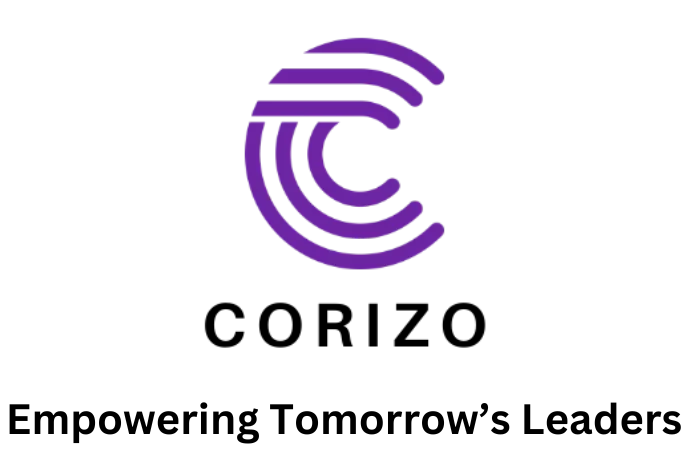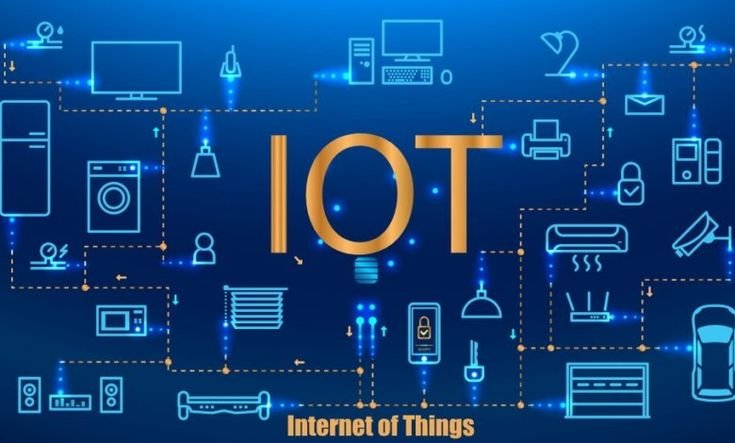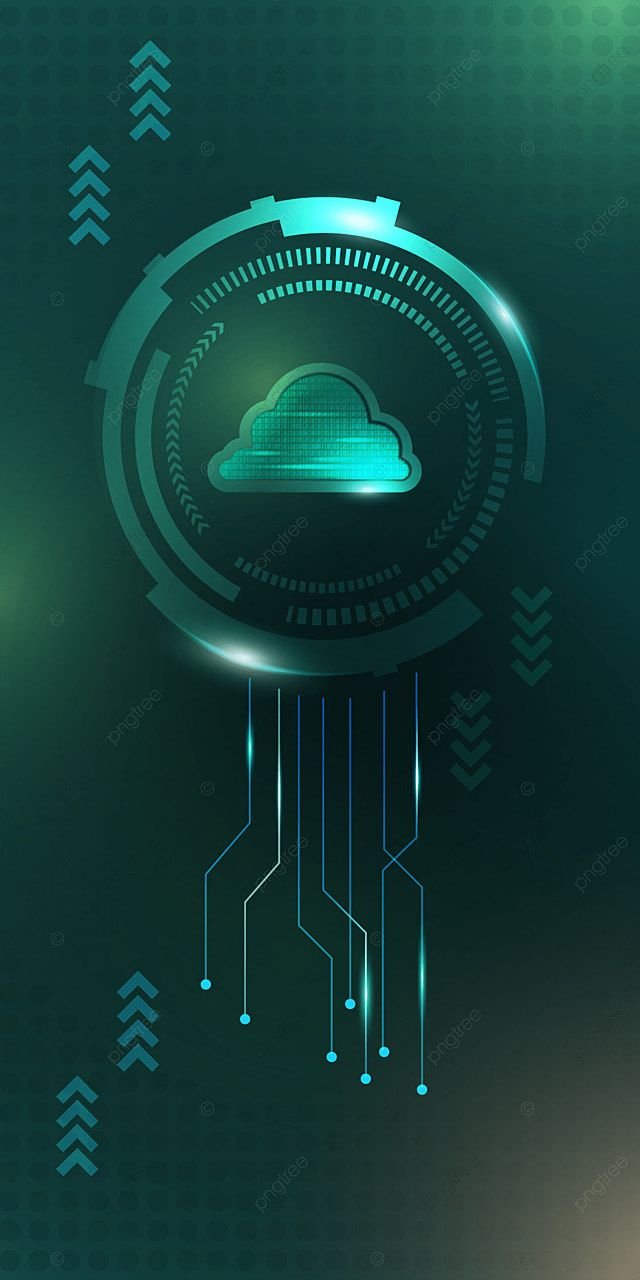The rapid advancement of technology continues to transform our world in unprecedented ways. Among the most exciting developments are the Internet of Things (IoT) and robotics. Individually, these technologies have already made significant impacts across various industries. However, their convergence holds the potential to revolutionize our daily lives and reshape entire sectors. In this blog, we will explore the future scope of IoT and robotics, highlighting how their integration is poised to drive innovation and create new opportunities.
The Internet of Things: Connecting the World
The IoT refers to the network of physical objects—devices, vehicles, appliances, and more—embedded with sensors, software, and other technologies to connect and exchange data with other devices and systems over the internet. This connectivity allows for seamless communication and control, leading to enhanced efficiency, real-time monitoring, and improved decision-making.
Key Applications of IoT:
- Smart Homes: IoT-enabled devices like smart thermostats, lighting systems, and security cameras enhance convenience, security, and energy efficiency.
- Healthcare: Wearable devices and remote monitoring systems provide real-time health data, enabling proactive healthcare management.
- Agriculture: IoT sensors monitor soil conditions, weather, and crop health, optimizing farming practices and increasing yield.
- Industrial Automation: IoT streamlines manufacturing processes, predictive maintenance, and supply chain management.
Robotics: Automation and Beyond
Robotics involves the design, construction, operation, and use of robots to perform tasks traditionally done by humans. With advancements in artificial intelligence (AI), machine learning, and sensor technology, robots are becoming increasingly capable and versatile.
Key Applications of Robotics:
- Manufacturing: Industrial robots perform repetitive and hazardous tasks with precision and efficiency.
- Healthcare: Surgical robots assist in minimally invasive procedures, and robotic exoskeletons aid in patient rehabilitation.
- Logistics: Autonomous robots streamline warehouse operations, inventory management, and delivery services.
- Service Industry: Robots provide customer service, cleaning, and assistance in various hospitality and retail settings.
The Convergence of IoT and Robotics
The integration of IoT and robotics is set to unlock new possibilities, driving innovation across multiple domains. Here’s how this convergence will shape the future:
- Smart Cities:
- IoT-enabled robots will manage infrastructure maintenance, waste management, and public safety.
- Autonomous vehicles, guided by IoT networks, will revolutionize transportation, reducing traffic congestion and emissions.
- Healthcare:
- IoT-connected robotic surgical systems will perform complex procedures with greater precision and minimal human intervention.
- Remote robotic assistants will provide care to elderly and disabled individuals, improving their quality of life.
- Agriculture:
- Autonomous drones and ground robots, equipped with IoT sensors, will monitor crops, apply fertilizers, and harvest produce efficiently.
- IoT data will guide robotic systems to perform tasks based on real-time environmental conditions, optimizing resource use.
- Industrial Automation:
- Smart factories will use IoT data to coordinate robotic production lines, enhancing flexibility and responsiveness to market demands.
- Predictive maintenance, powered by IoT sensors, will ensure that robots operate smoothly, reducing downtime and costs.
- Environmental Monitoring:
- IoT-enabled robots will monitor air and water quality, track wildlife, and manage natural resources sustainably.
- Autonomous robots will be deployed in disaster response, conducting search and rescue operations and assessing environmental damage.
Challenges and Considerations
While the future scope of IoT and robotics is promising, several challenges must be addressed:
- Security and Privacy: Ensuring the security of IoT networks and protecting sensitive data from cyber threats is crucial.
- Interoperability: Developing standardized protocols to enable seamless communication between diverse IoT devices and robotic systems.
- Ethical and Social Implications: Addressing concerns related to job displacement, ethical use of autonomous systems, and societal impacts.
Conclusion
The convergence of IoT and robotics heralds a new era of technological innovation. By combining the connectivity and data insights of IoT with the automation and precision of robotics, we can create smarter, more efficient, and sustainable solutions across various sectors. As we navigate this transformative journey, it is essential to address the associated challenges and harness these technologies responsibly to build a better future for all. The scope is vast, and the possibilities are boundless—welcome to the future of IoT and robotics.





